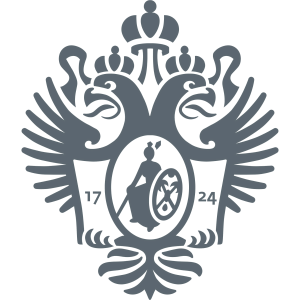Лаборатория азаполиеновых и илидных интермедиатов
Публикаций
218
Цитирований
4 178
Индекс Хирша
33
Необходимо авторизоваться.
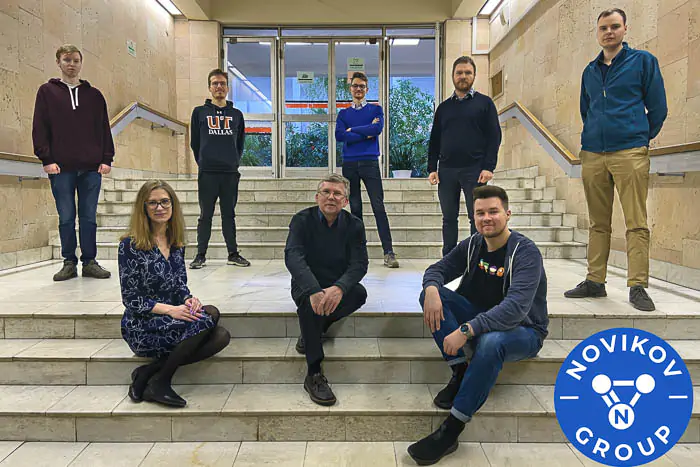
Основные направления исследований научной группы посвящены поискам новых методов синтеза органических соединений с необычной структурой, с ценными фотофизическими и фармакологическими свойствами и фокусируются на таких классах органических соединений, как азаполиены, малые N-гетероциклы, азолы, диазосоединения, металлокарбены, металлонитрены и N-илиды.
- ЯМР-спектроскопия
- ИК-спектроскопия
- УФ-спектроскопия
- Масс-спектрометрия
- Рентгеноструктурный анализ
Михаил Новиков
Заведующий лабораторией

Николай Ростовский
Заведующий кафедрой

Павел Сахаров
Ведущий научный сотрудник

Анастасия Агафонова
Аспирант
Направления исследований
Биологически активные препараты с малыми циклами
+
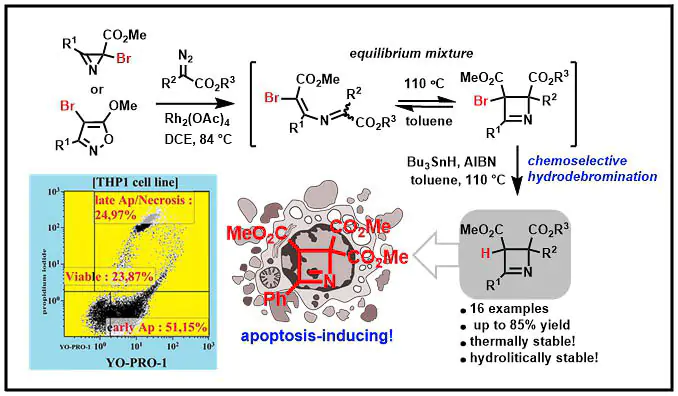
Соединения с малыми азотистыми гетероциклами представляют интерес не только как удобные синтетические блоки в дизайне азотсодержащих соединений, но и как потенциальные фармацевтические препараты. Мы ведём поиски синтетических подходов к новым биологически активным соединениям ряда азирина, азиридина и азета, в частности, таким как производные азиринкарбоновых кислот, азирин-содержащим дипептидам и депсипептидам, производным дигидроазеткарбоновых кислот.
Экспериментальные и теоретические исследования механизмов реакций
+
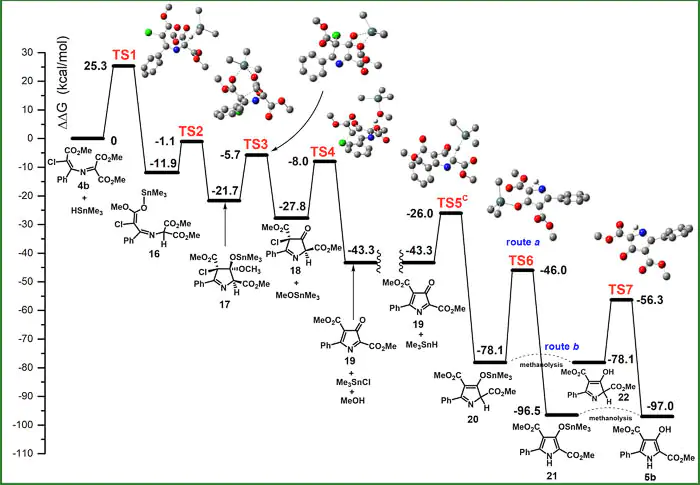
Разработка любого синтетического метода подразумевает выяснение механизма реакции, лежащей в его основе. В последних работах научной группы представлены квантово-химические обоснования механизмов следующих новых реакций: каскадное SN2'-SN2' нуклеофильного замещение в азириновом цикле; родий-катализируемое триазол-триазольное и триазол-пиразольное сочетание; родий-катализируемое трансаннелирование 1,2,3-триазолов диазосоединениями; кислотно-катализируемая перегруппировка в 1-ацил-2-азабута-1,3-диенах; TBTH-промотируемая ионная 5-экзо-триг-циклизация 5-хлор-3-азамуконоатов. Квантово-химическое моделирование новых реакций металлокарбенов, металлонитренов и N-илидов помогает не только разумно планировать синтезы новых соединений, но и открывать новые реакции.
Новые синтетические методологии, основанные на реакциях металлокарбенов, металлонитренов и N-илидов
+
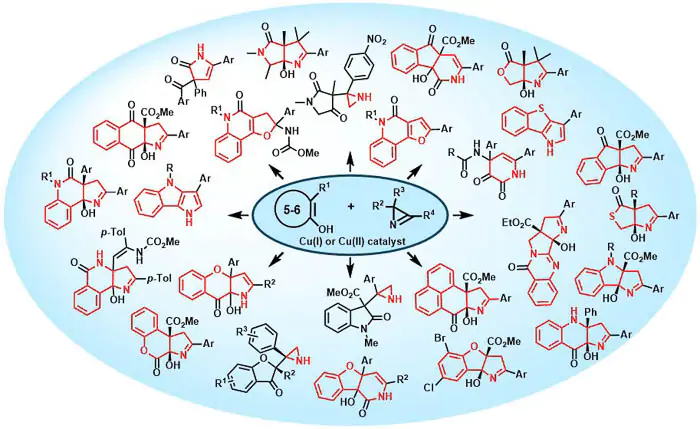
Проводится серия исследований по разработке новых методов получения синтетически и фармакологически значимых 5–6-членных азотистых гетероциклических скаффолдов на основе реакций азиринов, диазосоединений и 1,2,3-триазолов в условиях катализа переходными металлами и прежде всего соединениями меди, родия и золота.
Синтез и синтетические приложения азаполиеновых соединений
+

Сопряженные азаполиены — это чрезвычайно интересный и синтетически очень перспективный класс азотсодержащих соединений, переживающий сейчас стадию бурного развития. Пользуясь необычайно высокой склонностью этих соединений к перициклическим трансформациям, из них легко можно получать не только моноциклические азотистые структуры практически любого размера, но и формировать из них в одну синтетическую стадию уникальные мостиковые бициклические системы с высокой атом-экономичностью и селективностью.
Публикации и патенты
Найдено
Ничего не найдено, попробуйте изменить настройки фильтра.
Адрес лаборатории
Санкт-Петербург, Петергоф, Университетский проспект, дом 26, лаборатория № 4231
Необходимо авторизоваться.
